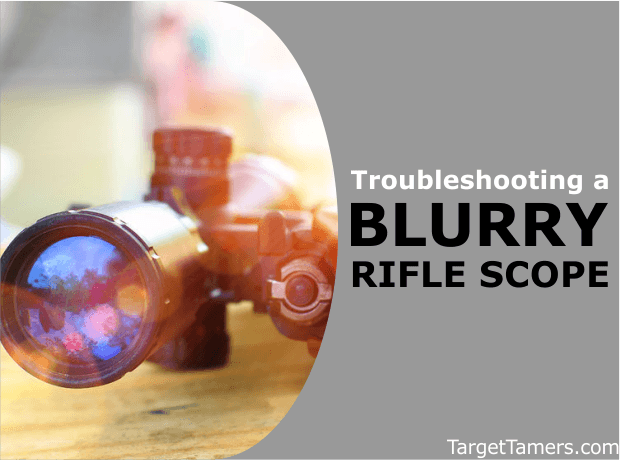
Beginners to rifle scopes or even high magnification scopes may experience the annoyance of blurry targets and poor image quality more than once in their lifetime. But, don't worry, it's an easy fix if you know what you're doing.
However, things aren't always black and white when it comes to determining the cause of your blurry frustrations. Let's scrutinize the common issues responsible for your distress so you can get back on target in a jiffy!
Blurry Reticle
This is probably the number one cause of many frustrations for rifle scope owners - an out of focus reticle. The reticle may seem fuzzy, and even if it's not obviously apparent, many users don't know how much reticle sharpness they're missing out on. The short of it is, your scope needs to be properly focused for your eyes and your vision.

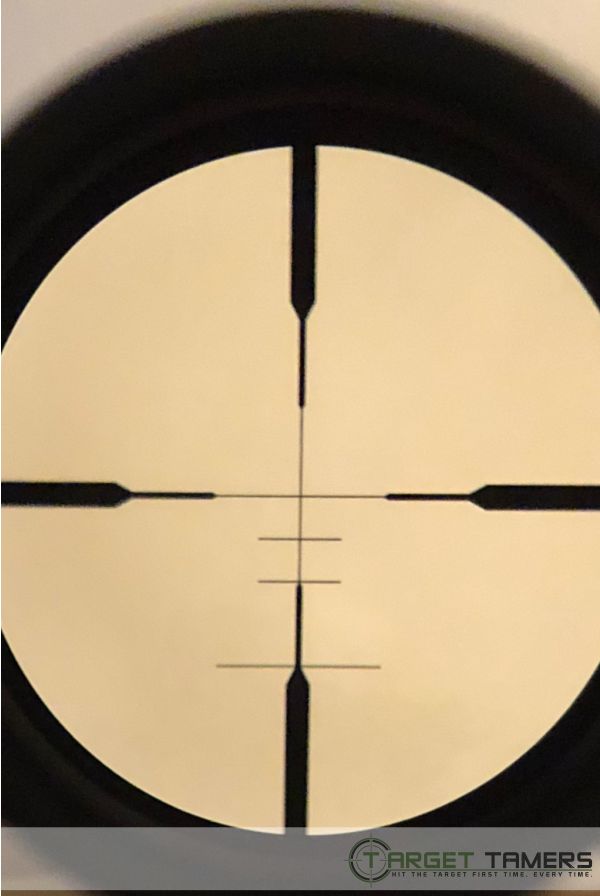
This should only need to be done once assuming eye health remains the same for ownership of the optic. However, overtime your eyesight may decline, and refocusing the scope may be needed. If someone else uses your scope, they will need to adjust the focus for their eyes, and then you'll have to recalibrate it for your vision once you get it back.
Here's what you need to do.
Step 1
- If you wear glasses when you shoot, put them on for focusing your scope.
- Take the caps off the scope if they have them.
- Unlock the eyepiece if it has a locking mechanism.
- Remember to never look directly at the sun as it can cause severe, permanent damage to your eyes.
Step 2
Twist the eyepiece out (usually anti-clockwise) all the way.
Step 3
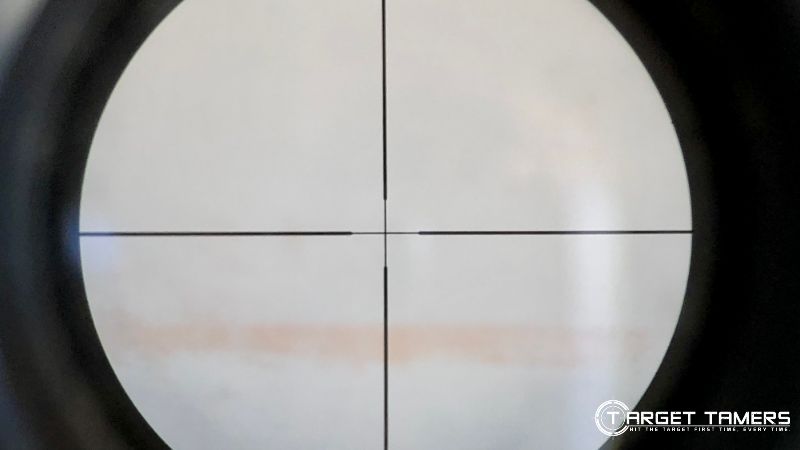
Pick a blank/white background like a wall or the sky. You're not to focus the scope while looking at a target. Look through the scope and identify the blurry reticle.
Step 4
Look away and allow your eye muslces to relax on a distant target. Rotate the eyepiece (usually clockwise) a notch and quickly look through the scope again to identify the reticle. Immediately look away. It's important to look quickly so as not to allow your eye muscles a chance to compensate for the blurry reticle.
Step 5
Repeat rotating the eyepiece and looking away until you have a perfectly sharp reticle.
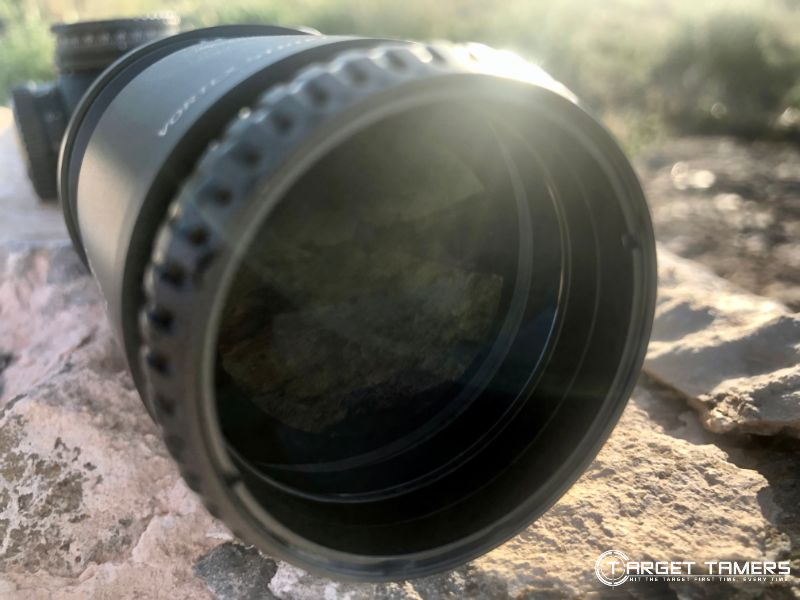
Step 6
Lock in your eyepiece if needed. You might also want to take note of the diopter setting if it has one. If multiple people use this scope, you might want to use a marker to notate your specific setting for your focus.
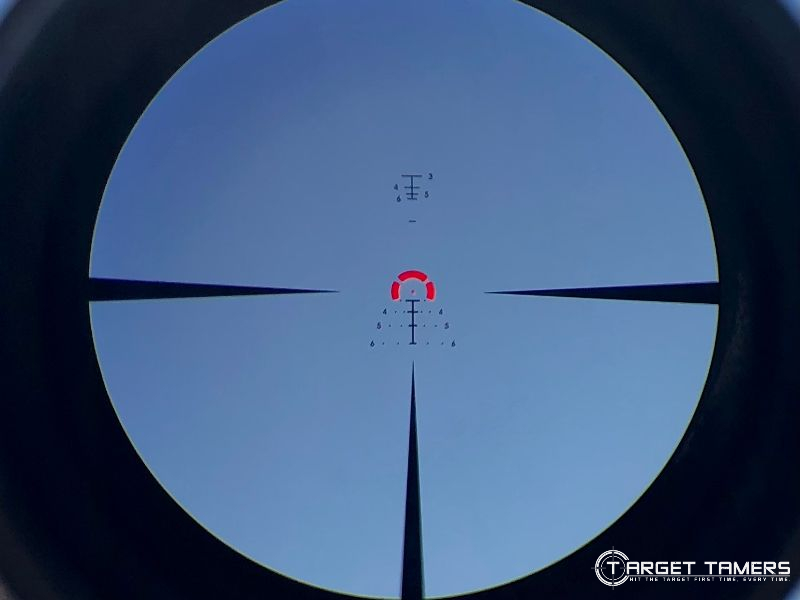
Once the reticle is perfectly sharp, black, and crisp, the reticle has been correctly focused for your eyes. Skipping this step or settling for mediocre reticle quality will cause eye strain/fatigue.
Blurriness at High Magnification
Target blurriness or overall poor image quality is typically related to magnification use or distance in relation to your target. You might notice that your image quality couldn't be better at low magnification, but as you crank up the power, you lose out on image sharpness. There are a few reasons for this and one of them is parallax.
Many rifle scopes are factory-set with a parallax setting for 100-150 yards to infinity. Typically, these scopes will have lower magnification ranges than 10X or 12X. If you need more info on the anomaly before you proceed, then check out our Mastering Parallax article.
Often times, poor image quality is related to shooting at a target too close. With factory-set parallax settings mentioned above, trying to focus on a target within 10-25 yards might be too close for the rifle's focusing capabilities. Turn down the magnification and see if it improves. You might just need to focus on a target that's further away.
Sometimes, cheaply-made scopes just don't have the optical build to support optimal image quality at max power range. This is typical for many budget rifle scopes on the market since glass quality, lens coatings, and optical build can be compromised.
Focusing for Parallax
If your rifle scope has a side turret or adjustable objective (AO), then you'll need to make further adjustments to improve your focus. It might be the reason you're experiencing blurriness and poor image quality.
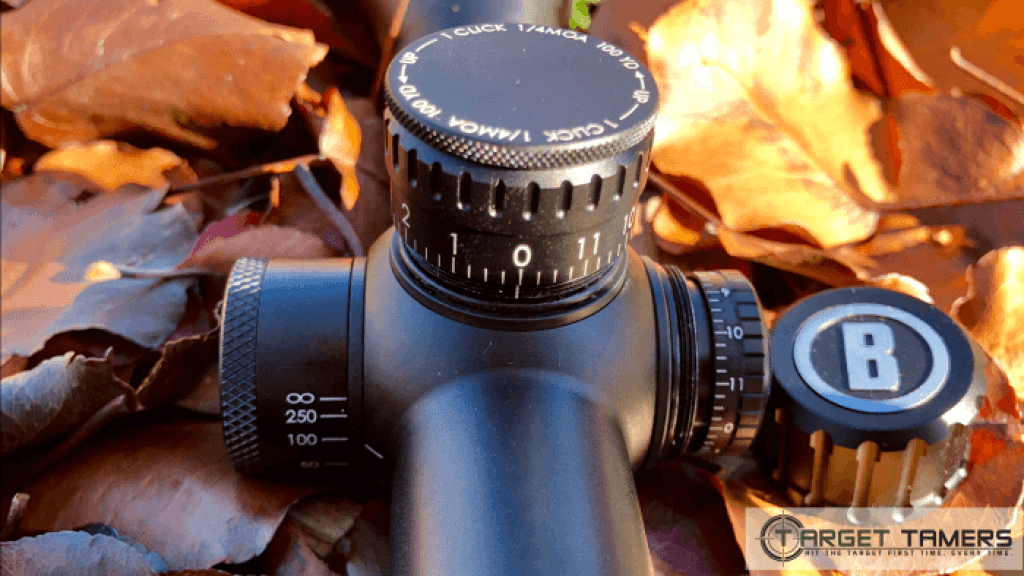
The job of the parallax correction turret or AO is to bring into focus the target in relation with the reticle. This means, the projected image (the target) must fall into the same optical plane as the reticle. When you see the crosshairs of the reticle seemingly moving about when you move your head or the angle, parallax is present. Your image may be blurry too.
Adjusting for these parallax issues will depend on the type of parallax feature you have.
Adjusting with an AO
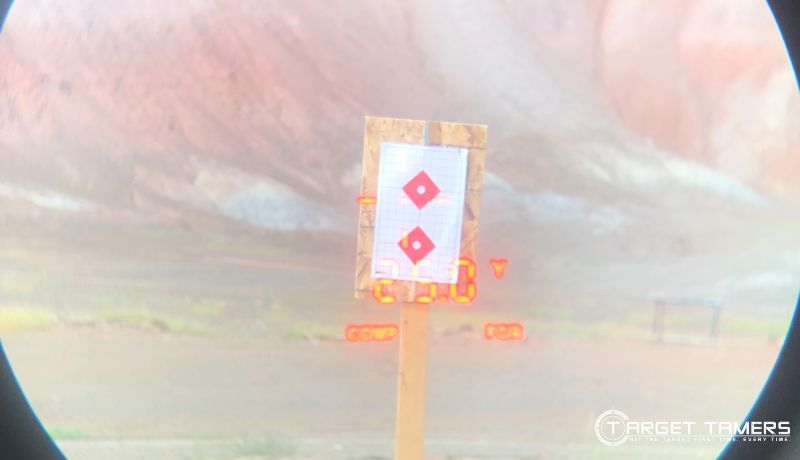
- Estimate the distance to your target. You can do this by guessing or using a laser rangefinder.
- Leave your sight picture of your rifle scope and rotate the objective bell to line up with the reference markings on the AO to match the distance to your target.
- Return to sight picture and adjust the rifle scope magnification for a power that's suitable for your anticipated shot.
- Image quality should be optimal and parallax should be corrected.
For the specifics on using AO to master parallax, check out our tips on parallax adjustments.
Adjusting with Side Focus
- Estimate or use a laser rangefinder to determine distance to your target.
- Set the side focus all the way up past the infinity setting.
- Dial it down until image quality is sharp and clear.
- The reference markings should correlate with the estimated distance of your target.
- Adjust magnification setting appropriate for the intended shot.
The general rule of thumb is, image quality should be optimal as long as your parallax setting is give or take 50 yards to the true distance to your target. Overshooting or underestimating the range may cause a blurry image and parallax may get the better of your shot.
To complicate things further, magnification has a strong influence here. Many hunters often lose their shot because the power setting was inappropriate for that range, not necessarily because a hunter forgot to dial it in for the right distance.
Dealing with Mirage
At certain times of the day, you might be ready to throw your scope out the window. However, in this case, it's not the rifle scope's fault. Shooters will have to deal with some sort of mirage whether it's long range or even close range. First off, you have mirage that long range shooters will know all about. The heatwave-like distortion that can have huge consequences on your point of aim, let alone just trying to see your target clearly.
However, you can use mirage to make adjustments to your shots if you can read mirage and wind patterns to your benefit. But, the best way to correct a blurry image when it's because of Mother Nature is to dial down on the magnification. Being too high up just gives you a closeup of the waving illusion.
The other type of mirage is what we know as barrel or suppressor mirage. This occurs even for close range hunters because the heatwaves are emanating off the rifle's barrel or suppressor itself. This can be corrected by allowing the rifle to cool down between popping off rounds or an anti-mirage shield or band.
Clearing Up Blurry Errors
As you can see, most of the time, a blurry rifle scope is due to user error. It might be parallax, an out of focus scope, or mirage playing tricks on you.
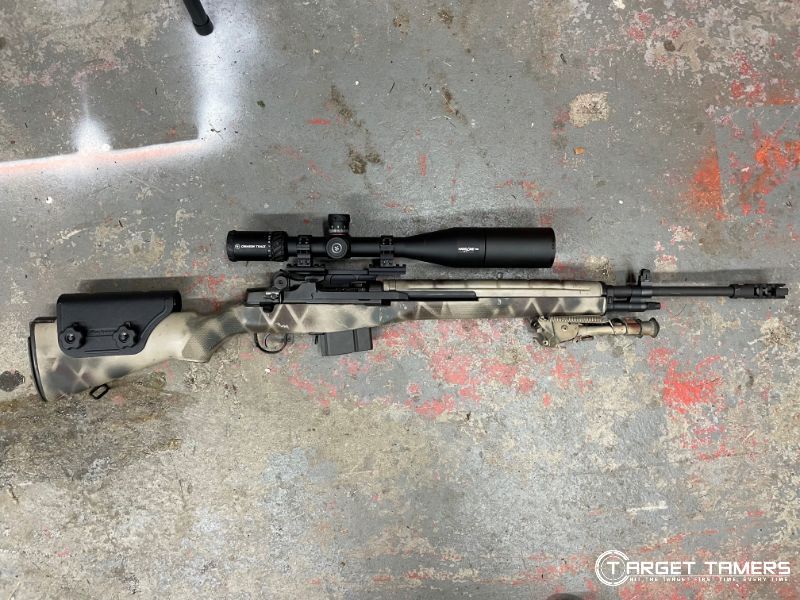
But, there are the occasional defects that make its way out to paying consumers. It's no secret that some cheap rifle scopes can't keep up with optimal image quality at higher magnifications, even for ranges out to 200 yards. But, if you've been through all the trouble-shooting steps, it might be time to take advantage of your warranty.
Further Reading
- Wire vs Glass Etched Reticles: Which Should You Choose for Your Rifle Scope?
- What Is Your Best Hunting Gear Investment? 25 Expert Hunters Weigh In
- What is the Sight Picture & Sight Alignment? [WITH PICS]
- What Is The Difference Between Reflex Sights VS Red Dot? Find Out Here!
- What Is MOA? Calculating Minutes of Angle & Making Turret Adjustments

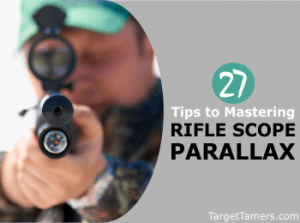
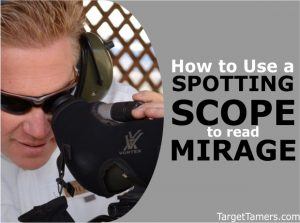



My scope is in focus then after say 20 shots it get out of focus, I've made sure everything is tight and done all the checks, I have noticed that the focus ring at the rear has to be as far anti clock wise as possible for my eye sight and the parallax is not set at the distance I want to shoot at for it to be clear.
Hi Paul. Is the parallax fixed or adjustable? If it's adjustable, you'll need to set it for the distances you want to shoot. It's also possible that the diopter doesn't have enough adjustment for your vision. Just to make sure, the diopter (adjustable eyepiece in the rear) isn't moving during recoil? If you wear glasses, I'd try shooting with them on and see what happens just to eliminate any eye strain and visual acuity contributions. Are you able to refocus the scope after it's gone out of focus? If so, something must keep coming loose. Even if that is the case, I'd recommend sending in a troubleshooting request to the manufacturer. I hope they can take care of it for you.